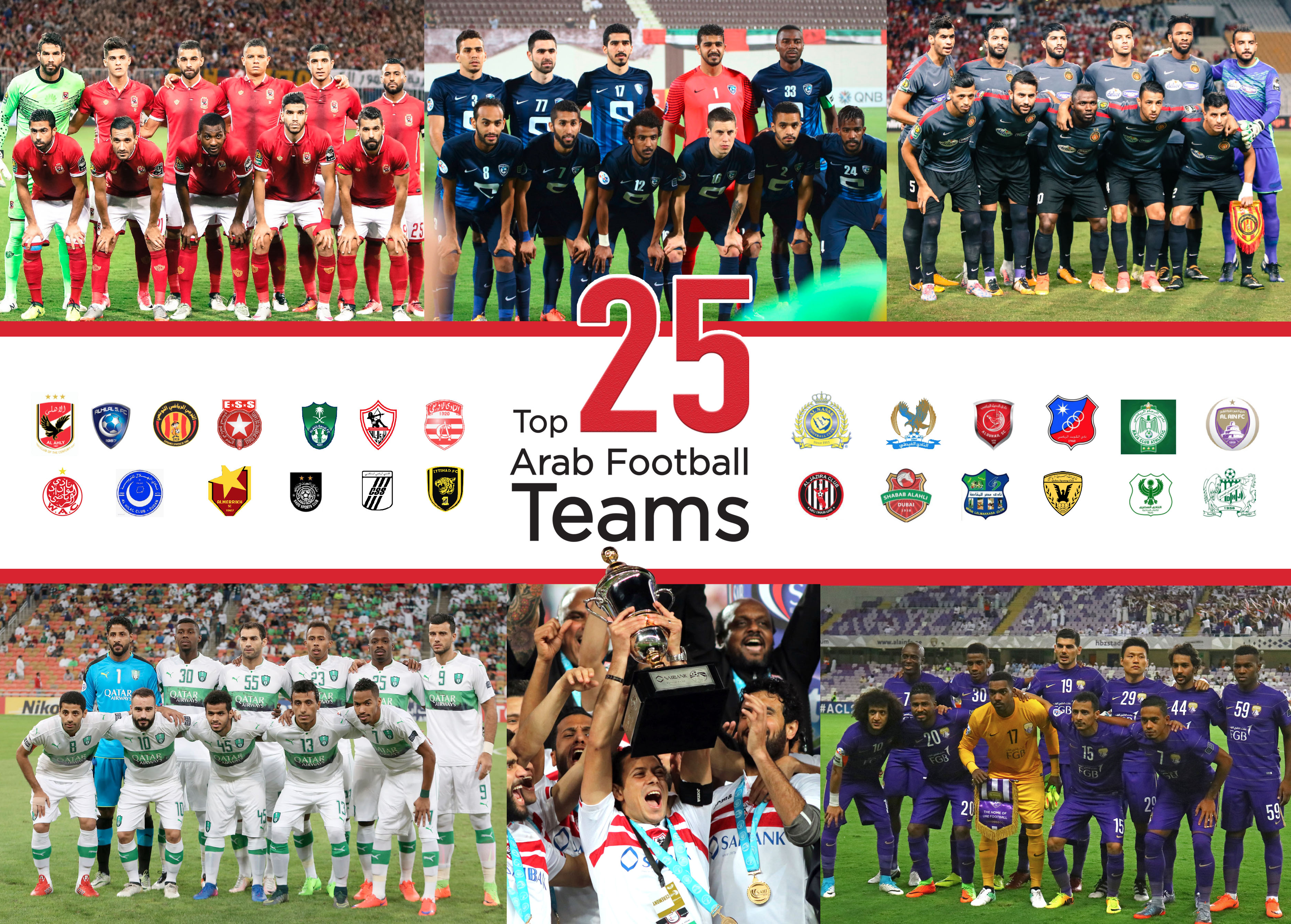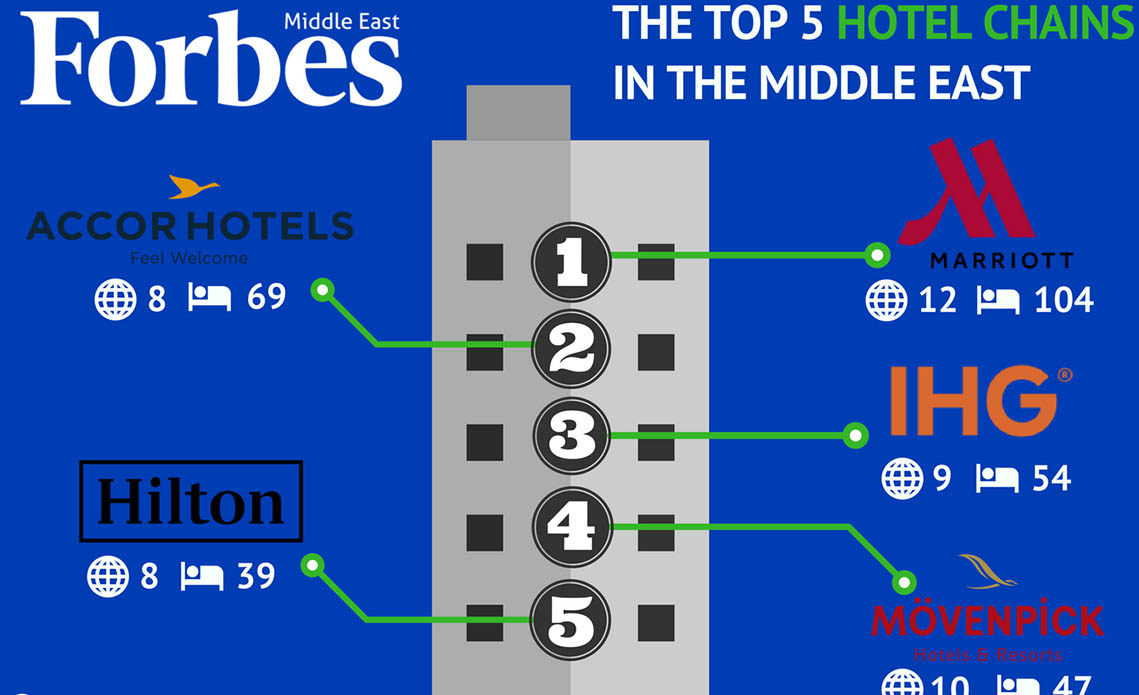

ARAB FOOTBALL ON THE MAP
Football fanatics in the Arab world have had an exciting 2017. For the first time ever, they’ve seen four Arab teams make it to the FIFA World Cup tournament: Saudi Arabia, Egypt, Tunisia and Morocco have now booked their tickets to Russia 2018. The transformation witnessed in Arab domestic leagues is one of the major contributors to the record number of Arab teams at the World Cup. Add to that the fact that several Arab players are playing at the top leagues in Europe, and this exposure and experience has translated into better performances for their national teams. We have for the first time compiled two rankings related to football in the Arab world: the Top 25 Arab Football Clubs 2017; and the Top 10 Arab Footballers Worldwide 2017. Al Ahly FC from Egypt tops the list of Top 25 Arab Football Teams 2017. It is historically one of the most successful clubs in the Arab world, winning more championships both domestic and international than any other team on the list. In the 2016/17 season, Al Ahly FC stood first in the Egyptian league and cup, and reached the finals of CAF Champions League. Tunisia, Egypt and Saudi Arabia, which have the three most competitive leagues in the region according to the International Federation of Football History & Statistics (IFFHS) had four clubs each in the top 25, making them the joint leaders. Al Hilal Saudi Club—ranked #2—is the top Arab club in Asia, leading the Saudi “Jameel” League and winning the Saudi King’s Cup.
Methodology: To rank the Top 25 Arab Football Teams 2017, we collected data from 224 clubs in 15 leagues, and gathered information from the clubs’ and football associations’ websites. The ranking was based on the following criteria: • Position of the club in the last domestic league • Forbes ME performance points: Forbes Middle East developed a method to measure the team’s performance in domestic and regional competitions. The clubs got points for every match—won or draw—in the domestic league and regional matches, with higher points given to the performance in regional competitions versus the domestic. The points reflect our results till our cutoff date, November 4, 2017. • Domestic league’s relative strength: Domestic league’s latest rank according to IFFHS. • Number of championships: Total official championships of each club. The final ranking was awarded based on the total points received by each club, and calculated using equal weights for the four criteria.
Top 10
Full List

No Data













